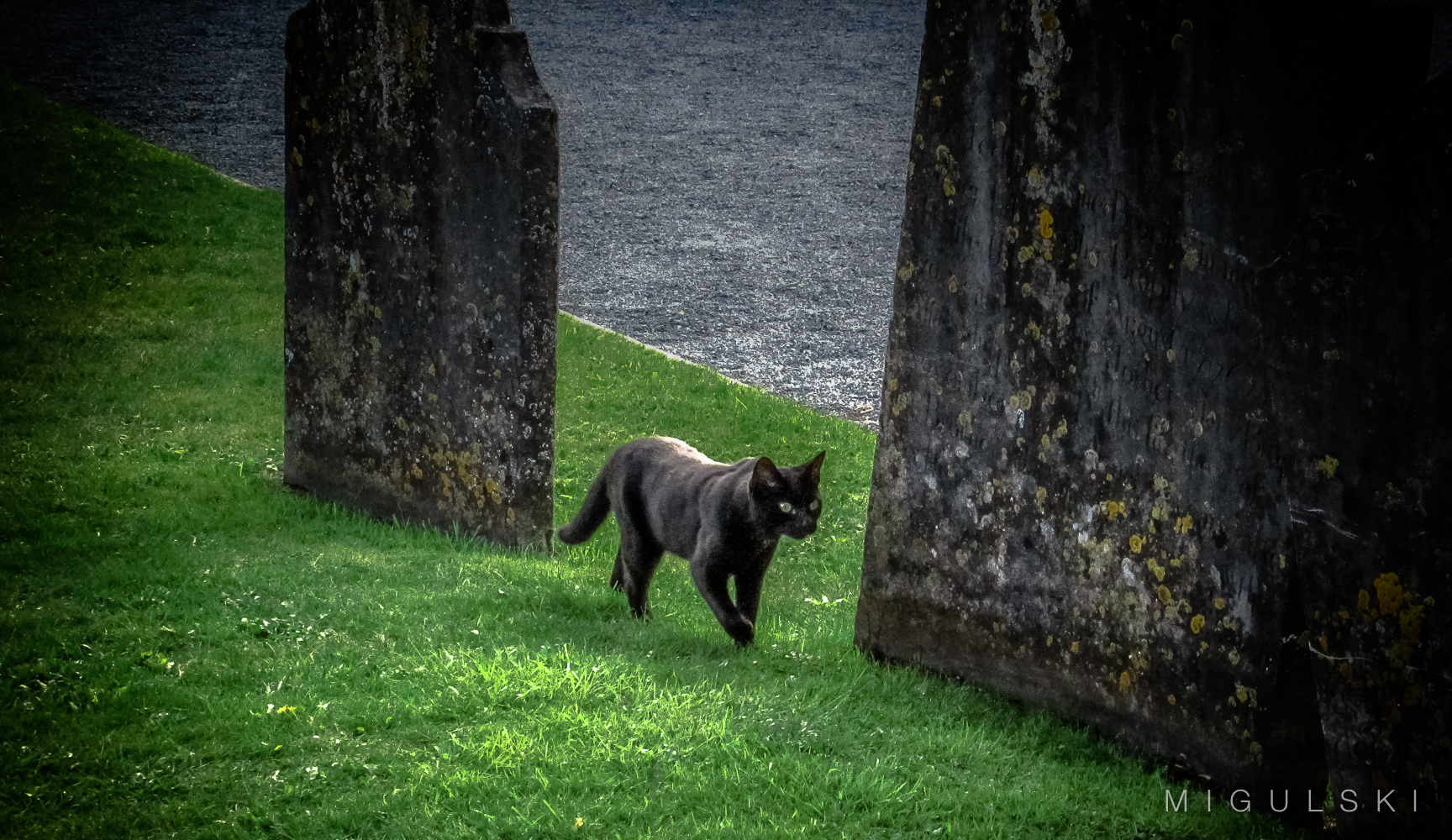
The present building dates from the 13th century and is the second longest cathedral in Ireland, after St Patrick’s Cathedral, Dublin. Beside the cathedral stands a 100 ft 9th-century round tower. St Canice’s tower is an example of a well-preserved 9th-century “Celtic Christian” round tower. It is dedicated to St Canice. It is one of only three such medieval round towers in Ireland that can still be climbed to the top, the other two being Kildare Round Tower in Kildare Town and Devenish Round Tower in County Fermanagh.
The cathedral stands on the site of a Celtic Christian monastery said to have been founded in the sixth century by St Canice as a daughter house of Aghaboe Abbey. The Synod of Rathbreasail in 1111, which first divided Ireland into territorial dioceses, included both Aghaboe and Kilkenny in the Diocese of Ossory, with the episcopal see at Kilkenny, the capital of the Kingdom of Ossory. Thus the abbey church became the cathedral. The erroneous belief that the see was originally at Aghaboe and later transferred to Kilkenny is traced by John Bradley to a 16th-century misinterpretation of a 13th-century property transfer.
Following the English Reformation, the reformed church in Ireland was established by decree of the Irish Parliament to become the state church in the Kingdom of Ireland as the Church of Ireland, taking possession of most church property (and so retaining a great repository of religious architecture and other items, though some were later destroyed).
Faithful to The Church
The substantial majority of the population, however, remained faithful to Roman Catholicism, despite the political and economic advantages of membership in the state church. Since St Canice’s Cathedral was taken over in this way, Roman Catholic adherents were consequently obliged to worship elsewhere. St Mary’s Cathedral in Kilkenny was later built for the Roman Catholic diocese.
The cathedral contains some 16th-century monuments. The architectural style of the cathedral is Early Gothic and is built of limestone. It is richly endowed with many stained glass windows, including the East window which is a replica of the original 13th-century window. The cathedral contains some of the finest 16th-century monuments in Ireland. Source: Wikipedia.






